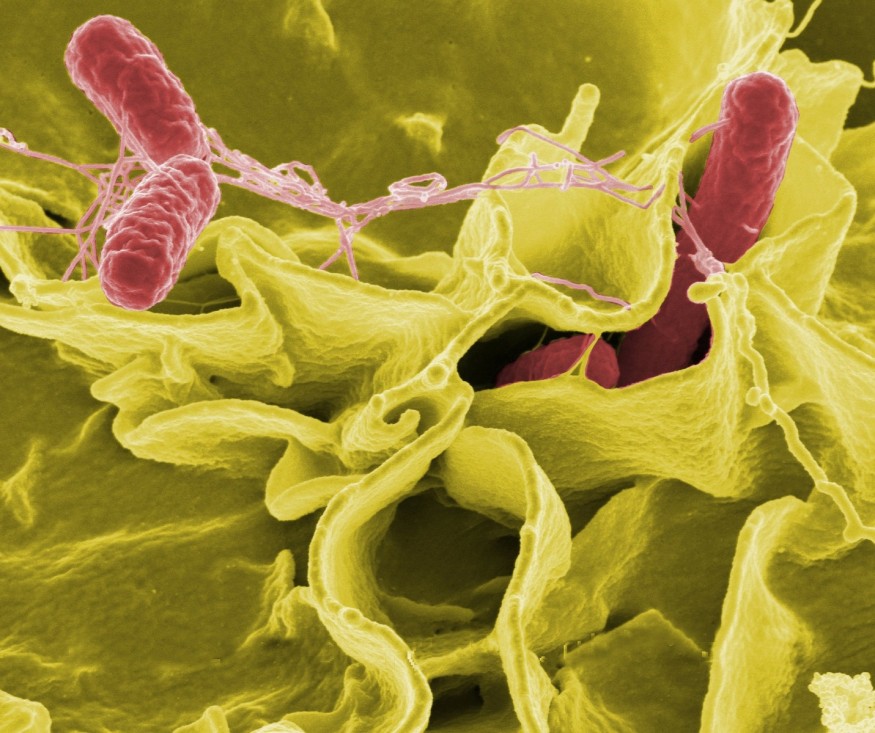Salmonella bacteria typically live in human and animal intestines and are shed through feces. Humans get infected by the bacteria when they eat or drink contaminated food and water.

New research reveals that some strains of the bacteria have found a way of evading plant defenses and were able to sneak their way into the leafy greens. This strategy protects them from the plant's immune system and also from being washed off in the kitchen.
Their entry route is through the stomates, the tiny air holes in plant leaves that allow plants to cool off and breathe. It appears that not only bacteria can now use this door to enter the plants but Salmonella as well.
Non-Host Bacteria Are Evolving to Bypass Plant Immune Response
According to plant biologist Harsh Bais from the University of Delaware, the concept of non-host bacteria evading plant immune response is new. Salmonella are real opportunists, and they are jumping kingdoms.
"When we see these unusual interactions, that's where it starts to get complex," Delaware said.
Their study is based upon the previous work from some of the same researchers studying the behavior of the bacteria and how it might be finding new ways in infecting human hosts through plants, and how humans can protect themselves against it.
The team of researchers went through a painstaking process while studying how the stomates of spinach and lettuce responded to a couple of bacteria, namely the Salmonella, Listeria, Escherichia coli. All of these pathogens can infect plants without leaving a trace.
That is how they discovered how the Salmonella attack. Moreover, it also has implications for how food can be protected in the future, both as to how it is grown in farms and as it is processed for selling and eating.
"Now we have a human pathogen trying to do what plant pathogens do," says Bais. "That is scary."
Making Food Safe
The researchers said that as plants are bred to increase yield at the expense of their immune systems or grown too close to livestock, they are more likely to be infected. Then they can become more infected as human hands process them on their way from farm to the kitchens.
Sadly, washing and even chemical treatments cannot clean off the bacteria that have already entered the leaves of a plant. Moreover, infections can quickly spread through water systems and human touch when it comes to vertical farming.
But there is still hope; if humans better understand the threats, they can better protect themselves. According to the team, biological controls and strict safety controls for irrigation and cleaning systems may be adapted to keep the food safe.
Microbiologist Kali Kniel of the University of Delaware said that the food industry works tirelessly to make the food as safe as possible. However, these plants are grown outside, so they are accessible to wildlife, wind, dust, and water that may contain microorganisms. It is a tough situation.
The team published their research in Frontiers in Microbiology.












